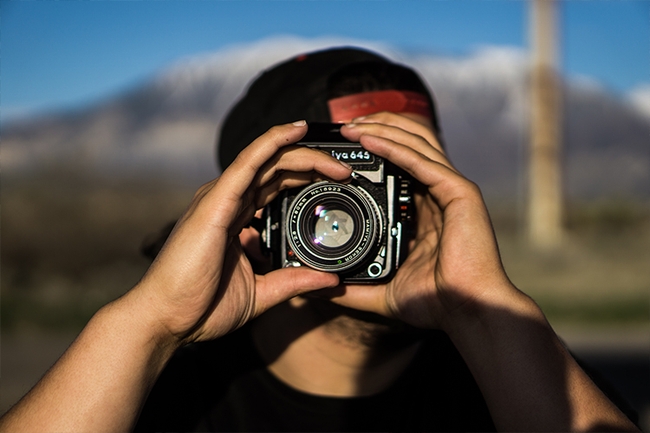If you are into photography, it’s easier to get started now. The days of needing portable darkrooms or waiting hours for a single image are long gone. Thanks to the digital advancements you may jump right in and start snapping away at anything that catches your eye.
We have much more time to focus on how to produce nice images now that the technical barrier to photography has been greatly decreased.
We’ve compiled a list of photography tips for beginners that discuss simple strategies to improve photography skills without overcomplicating things.
1. Camera flash
Using your camera’s built-in flash at night might result in effects such as red eyes and harsh shadows.
In general, it’s preferable to increase the ISO than to utilise the on-camera light and risk spoiling the shot entirely.However, there may be instances when there simply isn’t enough light, and if you don’t have off-camera lighting, you’ll be forced to use the built-in flash.
There are a handful of things you may do if you find yourself in this circumstance and don’t want to miss the shot. First and foremost, locate the flash settings in your camera’s menu and lessen the brightness as much as possible.
Second, you can try to diffuse the flash’s light by placing anything over it. Securing a piece of paper or opaque scotch tape over the flash, for example, can assist and soften the light. You may also bounce the light off the ceiling by holding a piece of white cardboard at an angle in front of it.
2. Changing the white balance on your camera
Colours can be captured more accurately with the help of white balance. Because different forms of light have different properties, if you don’t change the white balance, the colours in your photographs may take on a somewhat blue, orange, or green hue.
Of course, white balance can be adjusted in post-production, but it may become tedious if you have hundreds of photographs that require minor modifications. Here are some of the common white balance options you’ll find on your camera:
- automatic white balance.
- daylight
- cloudy
- flash
- shade
- fluorescent
- tungsten.
Each of these is represented by a distinct icon, so if you’re unsure, you may check your camera’s handbook.
While automatic white balance works in some instances, it’s normally advisable to modify the setting based on the type of light you’re shooting in.
3. Photography contracts for intellectual property (IP)
Assets that come from creations, such as your photography, literary and artistic works, designs and symbols, the names and images used in branding or commerce, all qualify as intellectual property. The creator owns the IP and it will remain the creator’s unless rights are granted to another person or legal body.
According to law firm Progressive Legal:
“As the creator of your photographs, you inherently own the copyright held in them and they are automatically protected under the Copyright Act 1968 until they are formally assigned.
As such, it’s recommended to specify in your photography terms and conditions that you retain copyright ownership over your photos until the amounts are paid in full and you then assign the copyright over to the clients at that point.”
Regardless of what type of photographer you are, you need to protect your work.
Remember…
It is always best to take high-quality images that reflect your perspective or style. Master the capabilities of your digital camera and feel free to explore how to use each one effectively.
There are many principles of photography you can use to hone the skills required to capture the perfect shot.























